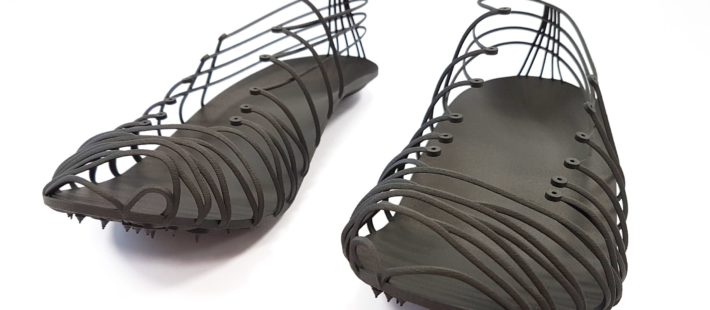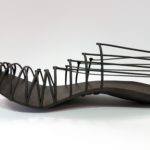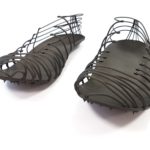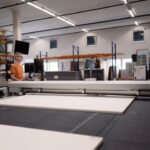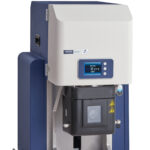Middle-distance runner Miro Buroni created Pleko, a customized and revolutionary athletic shoe thanks to the technologies used and production material. Miro used the expertise and support of Diadora for historical analysis and design, and CRP Technology for the realization of the supporting part of the professional 3D printing footwear (Selective Laser Sintering) and composite material.
The development of Pleko
The project began with three-dimensional scanning of the athlete’s foot and biomechanical analysis of the act of:
- running
- foot support
- foot pressure on the ground
The resulting mapping has allowed Buroni:
- to model the shoe on the precise needs of the athlete
- and also to arrange the traction elements – the so-called “nails” – in precise points under the sole.
Only a material with excellent mechanical characteristics would have allowed Buroni to make innovative shoes in 3D printing!
The collaboration with CRP
About the material
“The Windform SP – emphasizes Miro – allows the creation of parts with very thin and resistant thicknesses; this feature has allowed me to make the traditional athletic shoe a series of improvements including the perfect fascination of the foot, which results in increased comfort and improved sports performance.”


